Exploring the Multilingual Tapestry of Dubai's Language Landscape
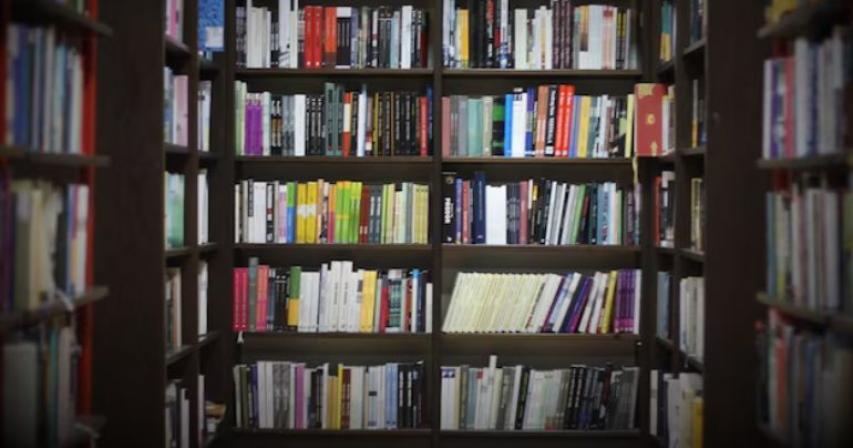
Dubai, the dazzling metropolis in the heart of the United Arab Emirates, is a true testament to the power of diversity. Beyond its towering skyscrapers and opulent shopping malls, Dubai boasts a rich linguistic tapestry that reflects its role as a global crossroads for trade, culture, and tourism. With its population representing a multitude of nationalities, Dubai's language landscape is a vibrant mix of tongues, creating a unique and captivating fusion of communication.
A Multilingual Melting Pot
One of Dubai's most fascinating aspects is its status as a melting pot of cultures. This diversity is mirrored in its language scene. While Arabic is the official language of the UAE, English enjoys a prominent status as a lingua franca due to its importance in international business and tourism. Expatriates and visitors from around the world find comfort in the familiarity of English, which is widely spoken and understood.
Arabic: The Heartbeat of Culture
Arabic holds a special place in Dubai's identity. As the native language of the UAE and an essential part of Islamic culture, Arabic is deeply interwoven into daily life. Signs, official documents, and government communications are predominantly in Arabic. Additionally, the call to prayer, recited in melodious Arabic, reverberates through the city's mosques, providing a harmonious reminder of Dubai's heritage.
The Role of English
English, as the global language of business and tourism, plays a pivotal role in Dubai's cosmopolitan ambiance. From the bustling souks to the luxurious hotels, English is the common thread that facilitates interactions among residents and tourists from diverse backgrounds. Road signs, menus, and information at tourist attractions are often presented in both Arabic and English, catering to the city's international audience.
A World of Languages
Beyond Arabic and English, Dubai's linguistic palette embraces a plethora of languages. The city's expatriate population introduces an array of tongues, creating pockets of linguistic diversity that mirror the origins of its residents. Hindi, Urdu, Bengali, Tagalog, and Chinese are just a few of the languages spoken in various communities. This diversity fosters a sense of belonging among expatriates and enhances cultural exchange.
Language's Role in Cultural Fusion
Dubai's language blend contributes significantly to its vibrant cultural tapestry. When walking through the city's neighborhoods, one might hear conversations that seamlessly transition from one language to another. This fluidity fosters a sense of unity, where diverse communities celebrate each other's languages and customs. Festivals and events showcasing traditional dances, songs, and cuisines from various countries highlight the beauty of this cultural fusion.
Preserving Heritage through Language
Despite the cosmopolitan nature of Dubai, many expatriates take pride in preserving their native languages and passing them on to younger generations. Schools, community centers, and cultural organizations offer language classes that help maintain ties to ancestral homelands. This commitment to preserving heritage languages not only strengthens cultural bonds but also enriches Dubai's linguistic landscape.
The Future of Dubai's Language Landscape
Dubai's language scene is constantly evolving, shaped by global trends, technological advancements, and the ebb and flow of its international population. As the city continues to grow as a hub for innovation and commerce, it is likely that its linguistic diversity will expand even further. While English and Arabic remain integral, other languages may gain prominence as new communities settle and contribute to the city's vibrant cultural mosaic.
Dubai's language landscape is a true reflection of its global identity. The interplay of Arabic, English, and numerous other languages paints a vivid picture of cultural fusion and harmonious coexistence. As a microcosm of the world, Dubai stands as a testament to the power of language in bridging cultures and bringing people together. In this city of dreams and aspirations, communication transcends barriers and embraces the beauty of diversity
By: Doyal Arora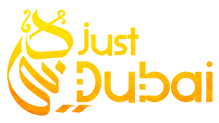
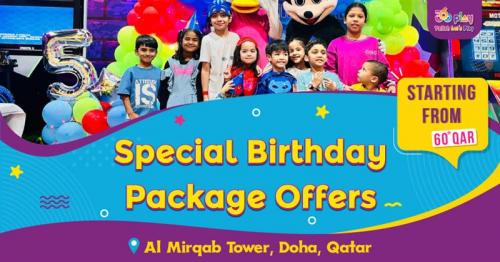
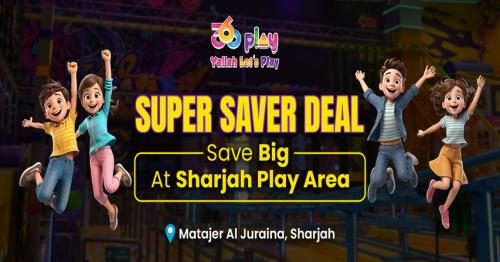
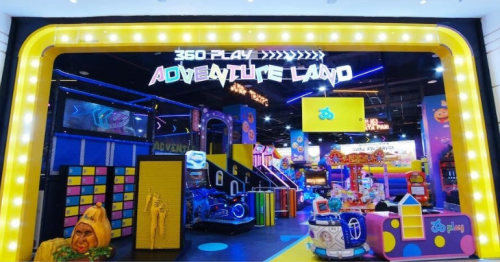
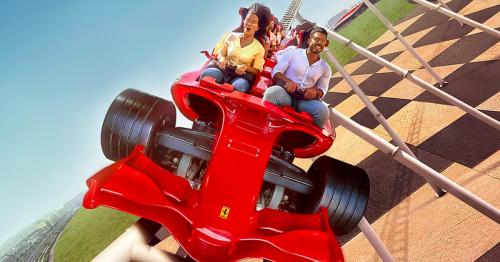
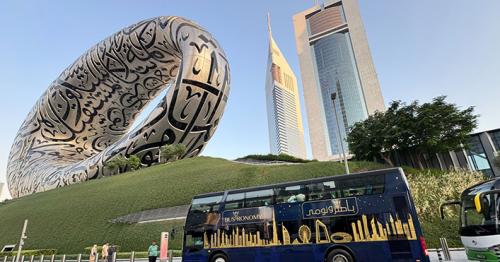
Comments